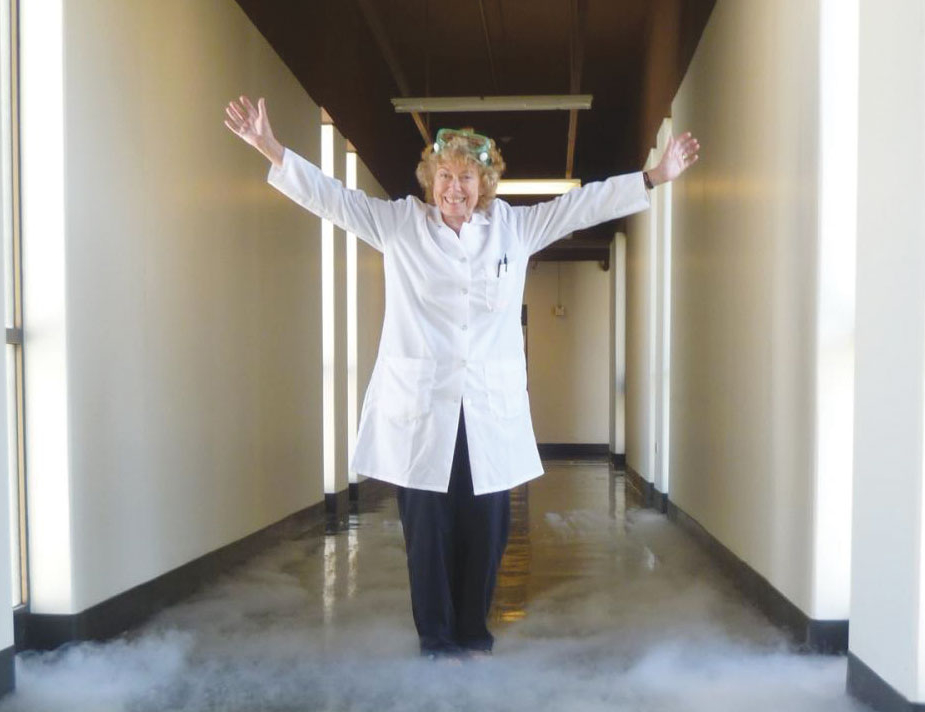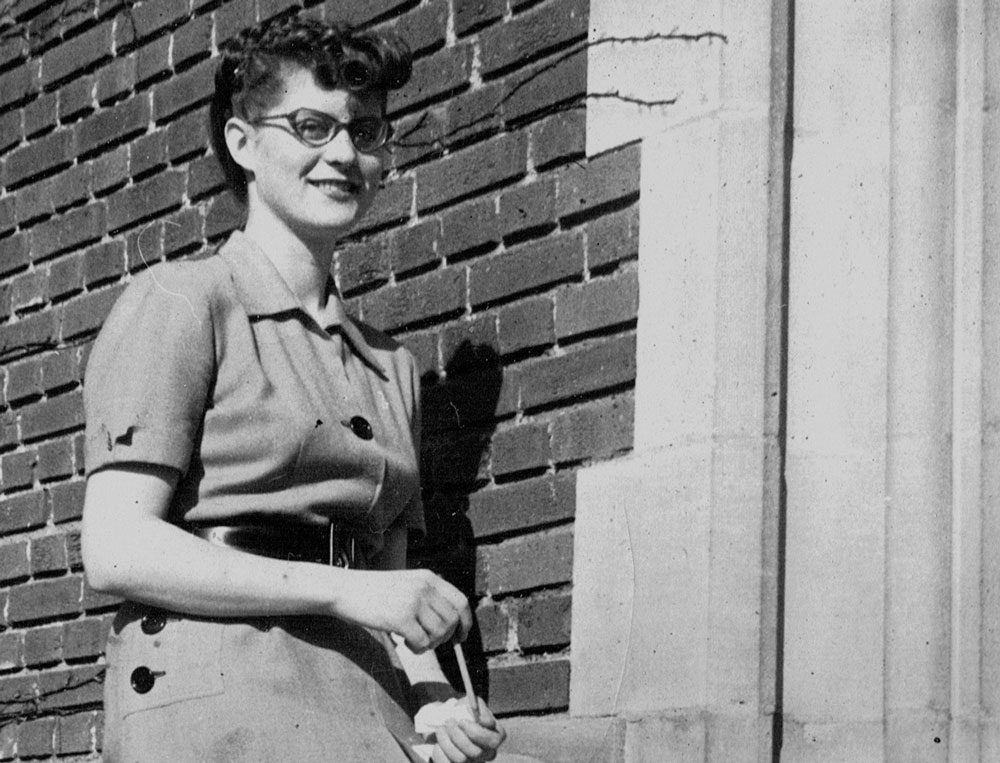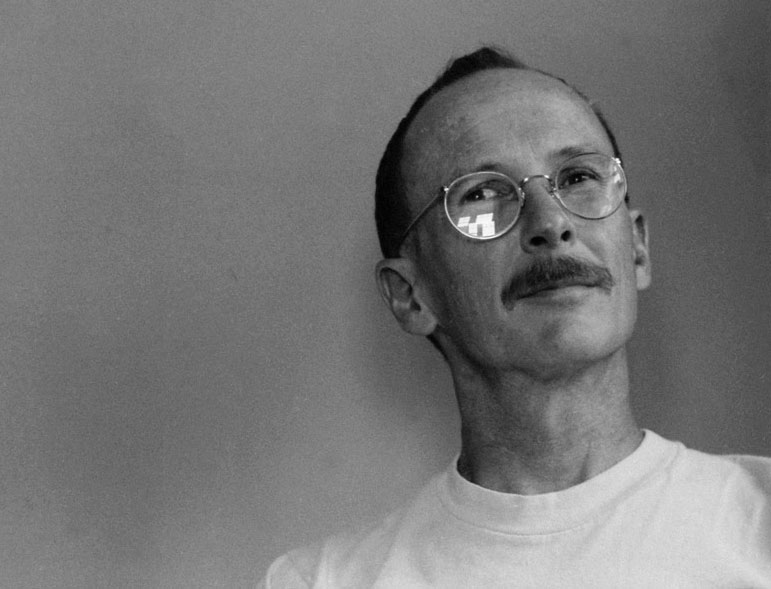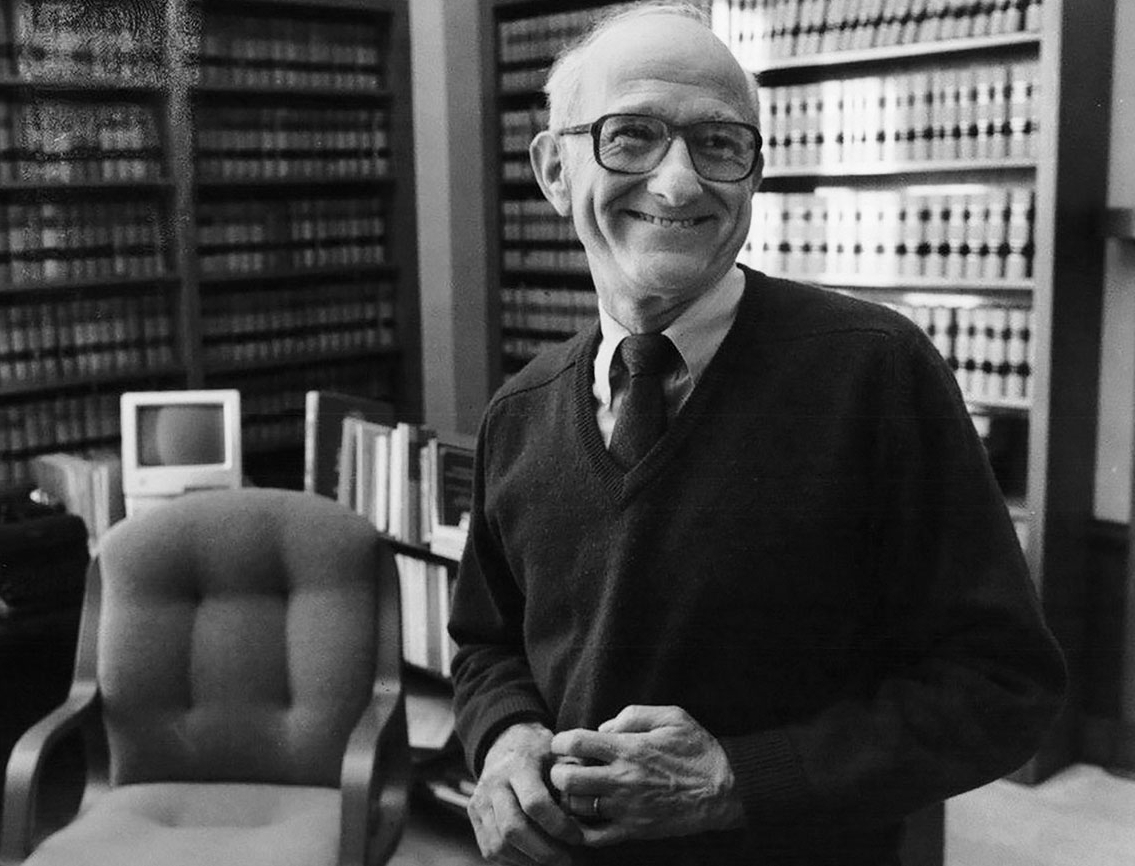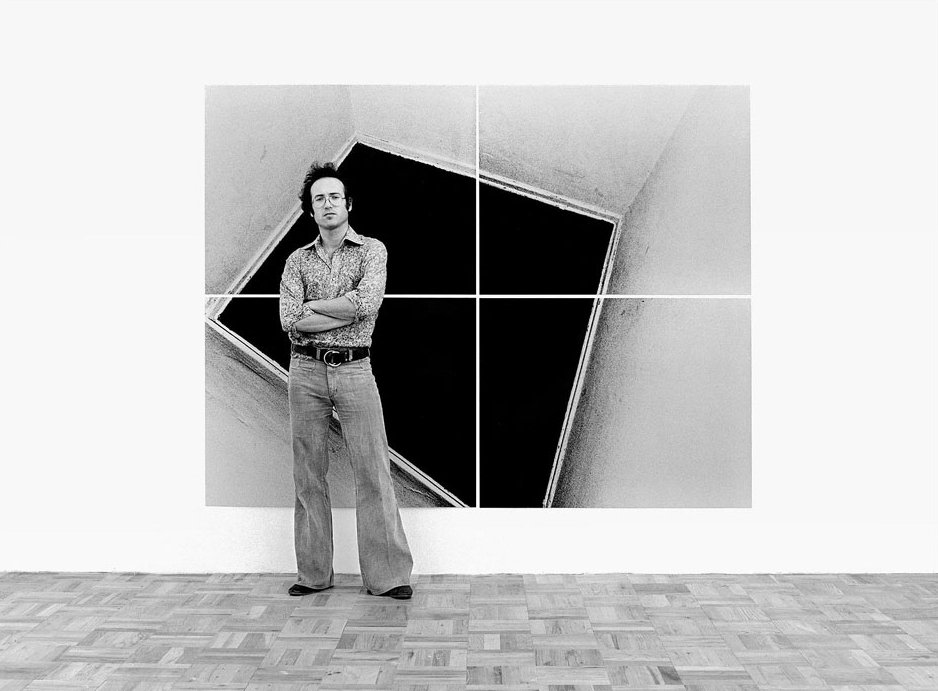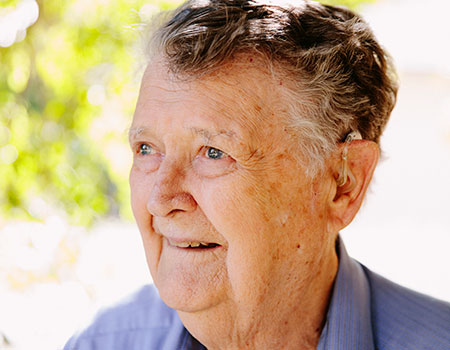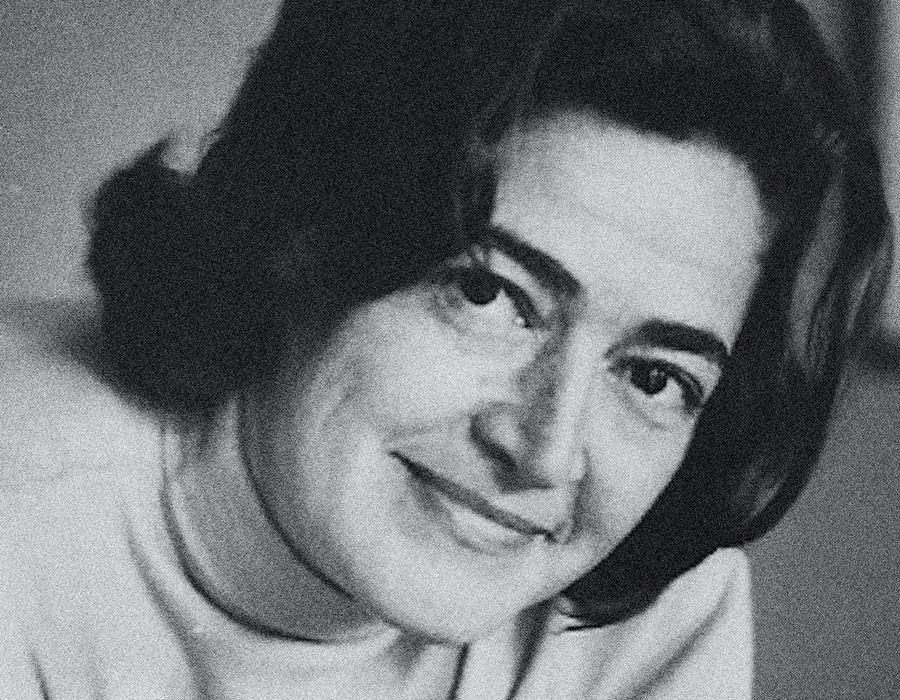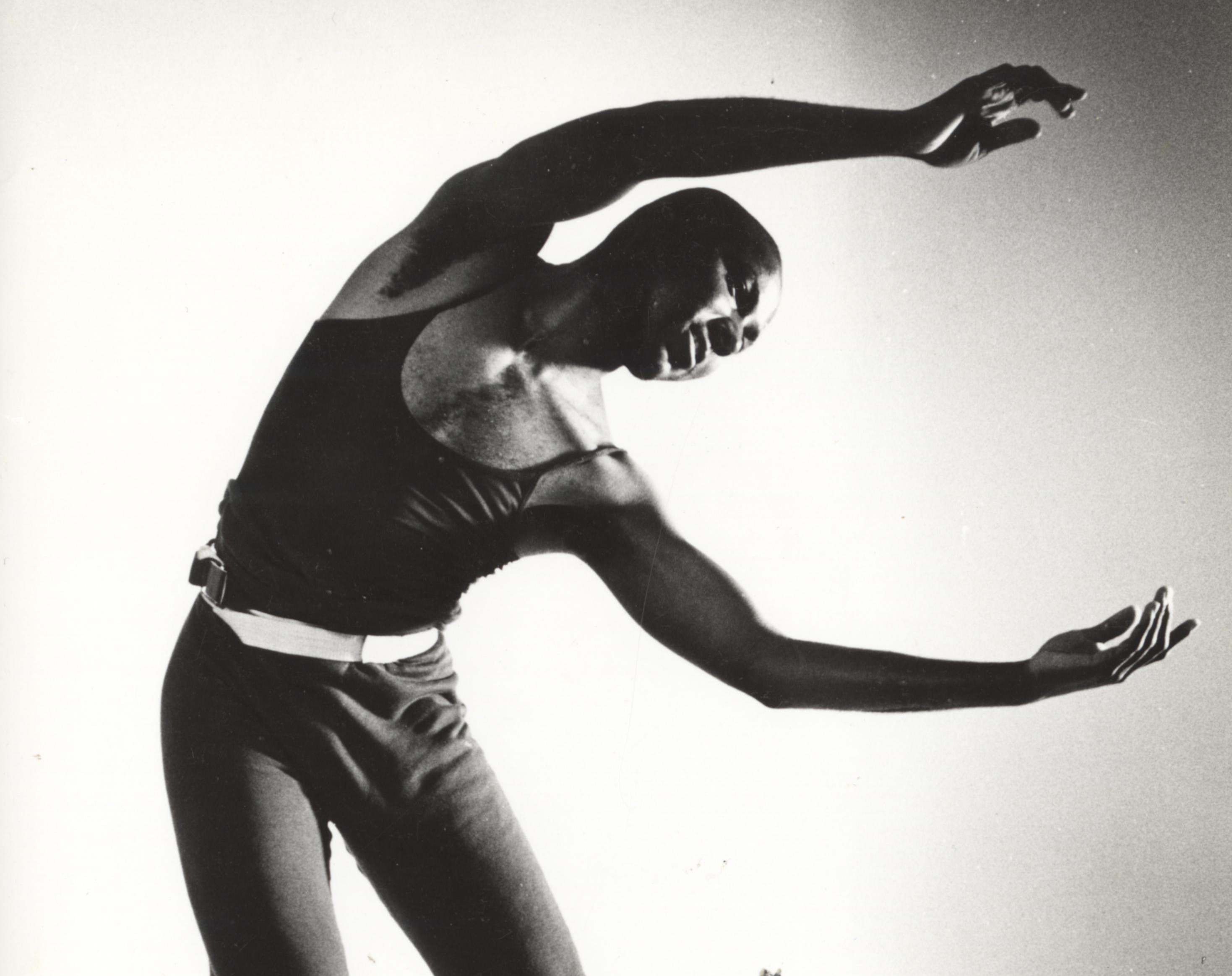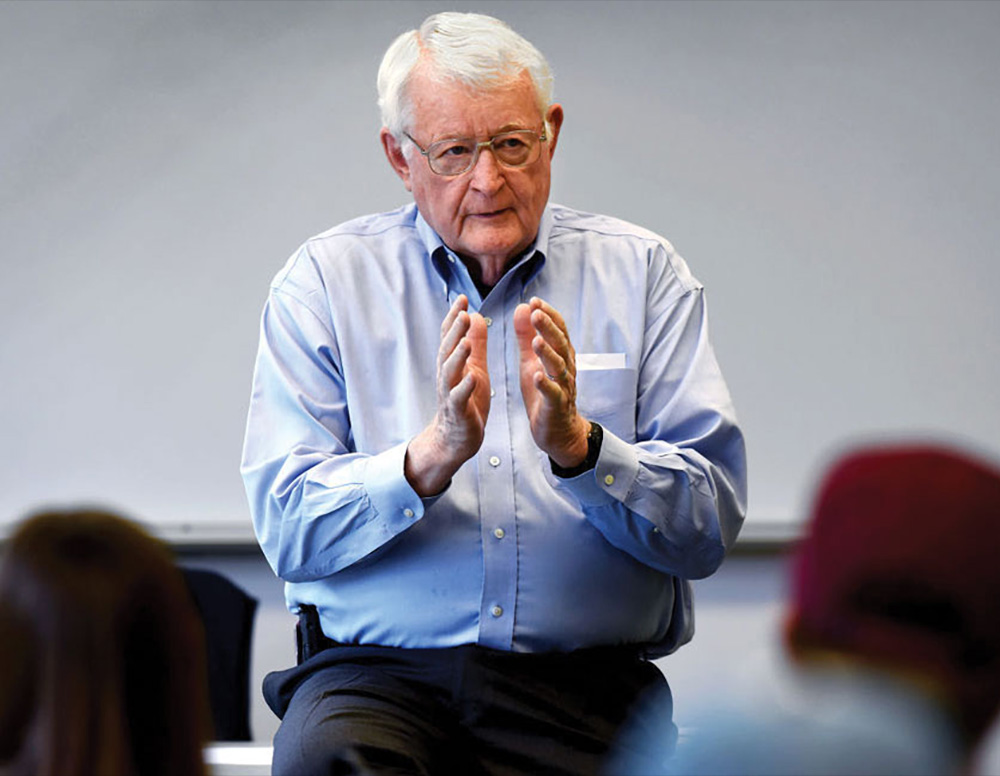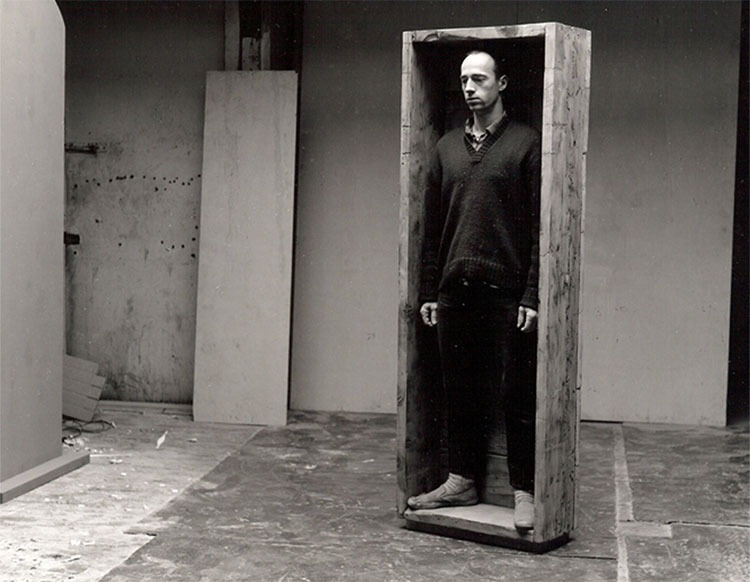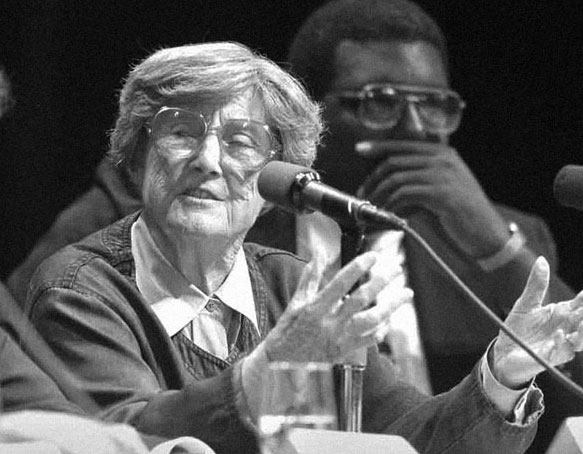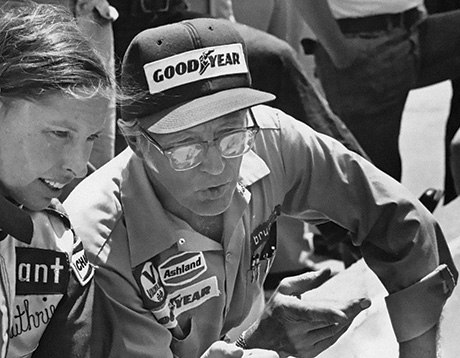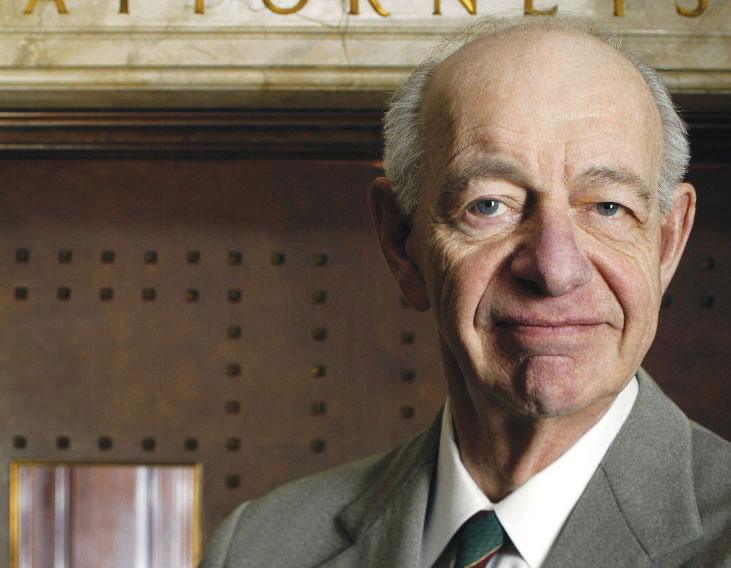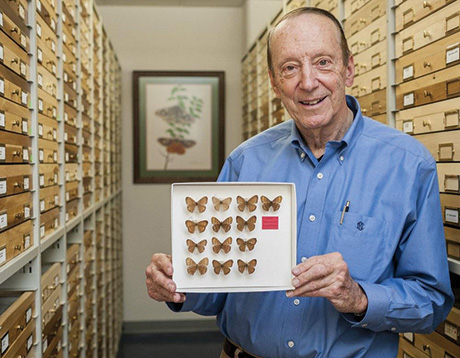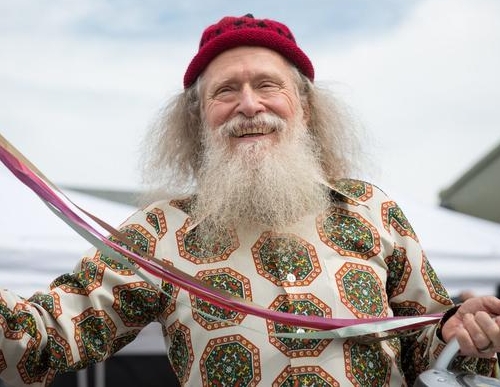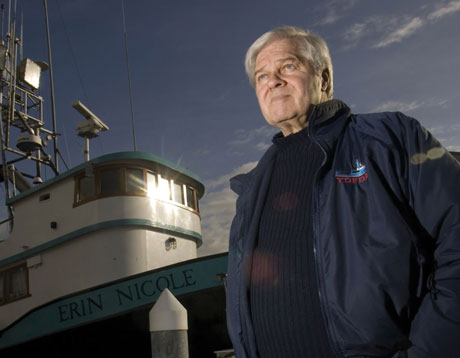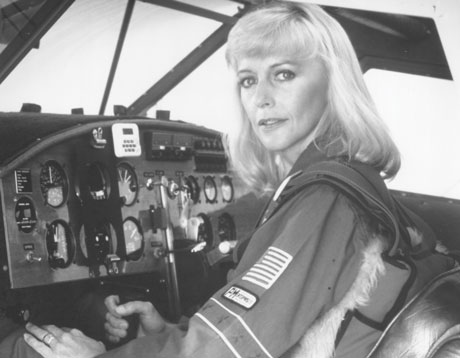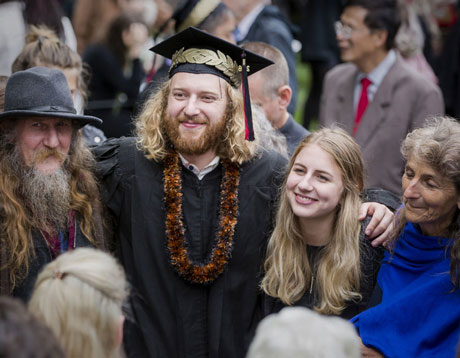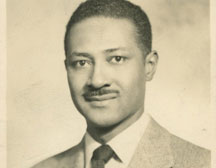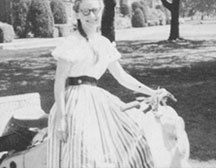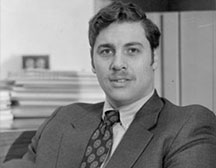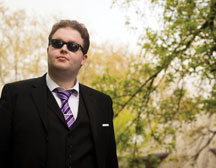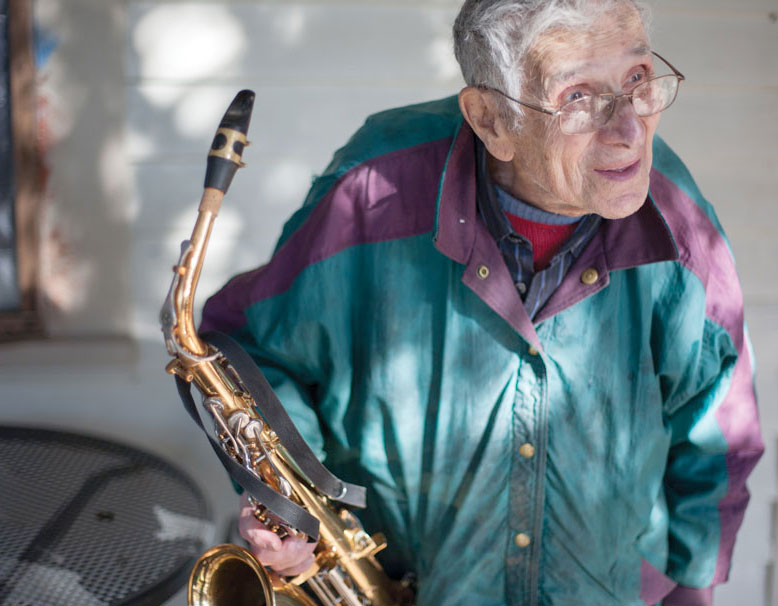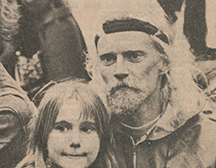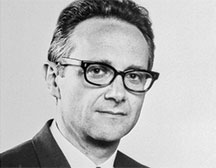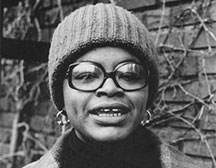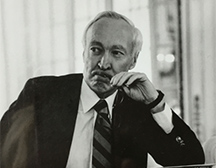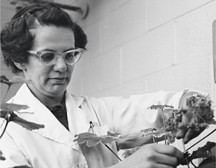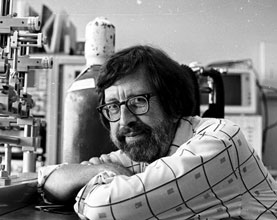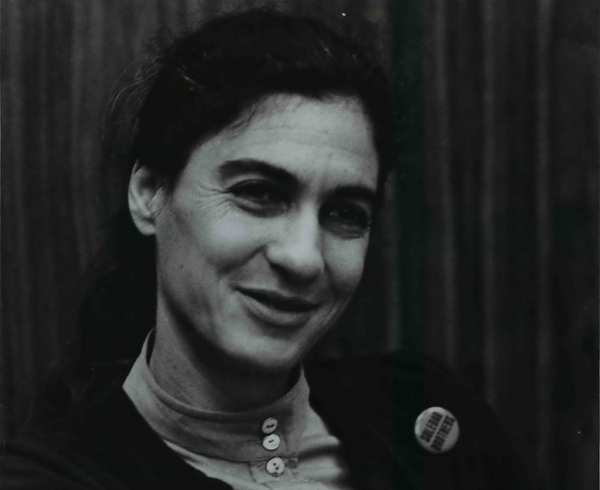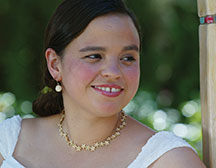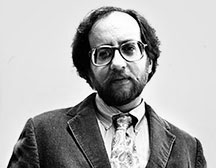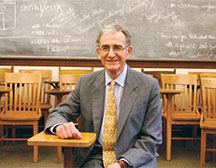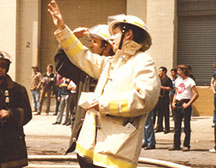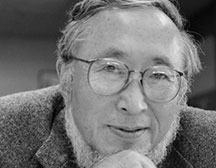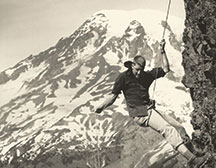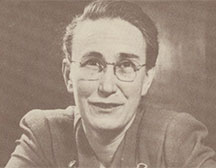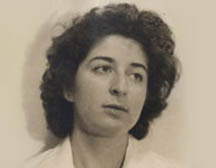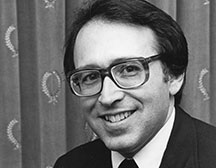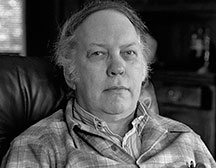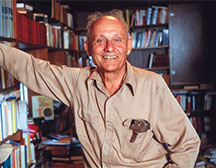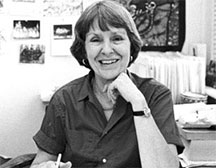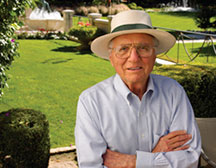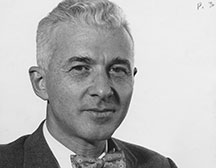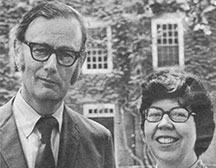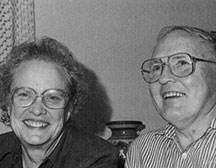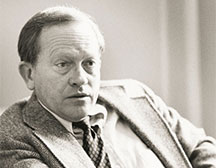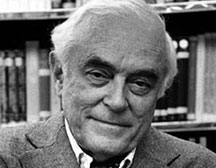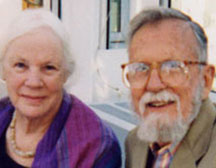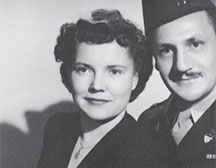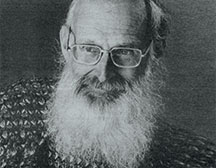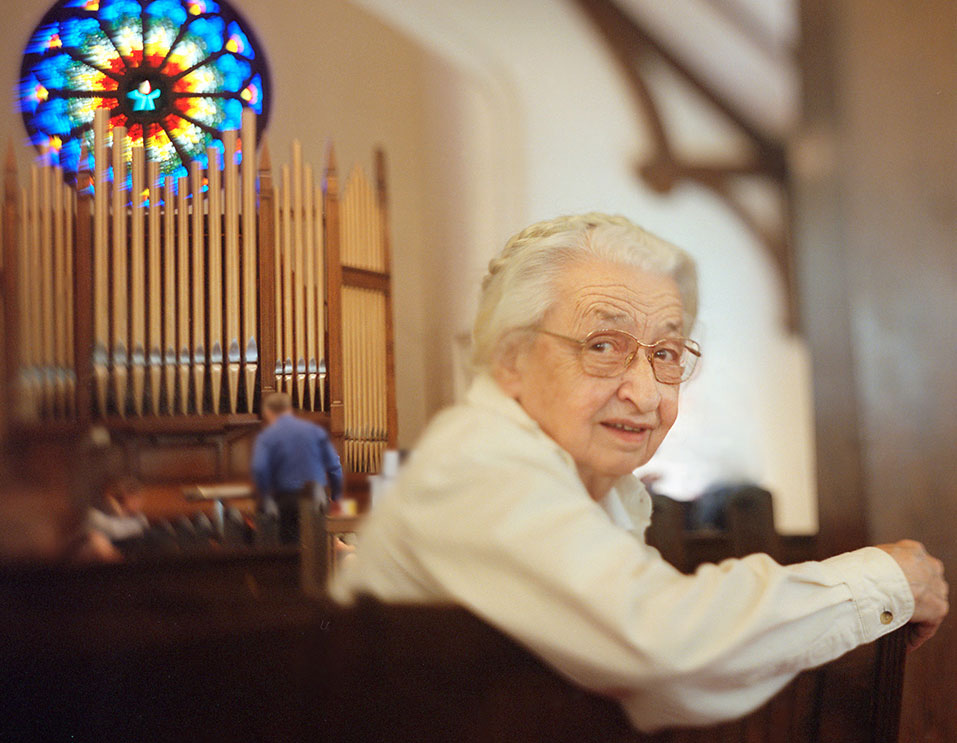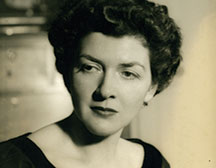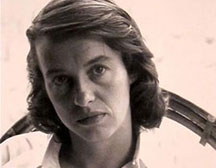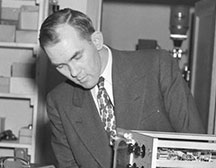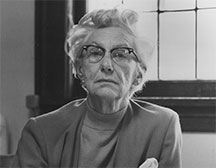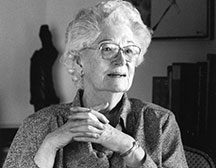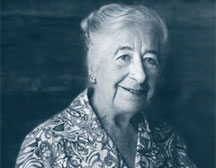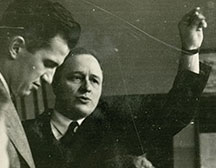Barbara P. Johnson-Muller Johnson-Wint ’70
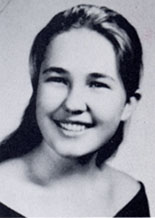
Barbara P. Johnson-(Muller) Wint ’70, April 3, 2013, in DeKalb, Illinois, from a MRSA infection, contracted while hospitalized for cancer treatment. Barbara came to Reed on a college scholarship and also received financial support from the Society of Friends she worshipped with in Pennsylvania. Though she remembered the years at Reed for academic preparation, she took pleasure in recalling other aspects of the time, including eating wild berries for breakfast and hiking in the Cascades with other students (in particular, managing to cross a precarious mountain passage). She earned a BA in biology from Reed and then went on to Michigan State University, where she received a PhD, and met David, a fellow student whom she married in 1978. They created a new surname, honoring one pioneer from each family who had lived an outstanding life. Barbara’s keen investigative skills were at play when she and David discovered a shallow woodland pond in a heavily wooded area near the Michigan campus, which proved to be an ideal habitat for the blue-spotted salamander. The couple then went to Massachusetts, where Barbara did postdoctoral work at Harvard Medical School and where she taught until 1987. Specializing in cellular biology, she worked with Dr. Jerome Gross at Massachusetts General Hospital and there began a career focus on collagen research. She joined the faculty in biological sciences at Northern Illinois University, where she received tenure and taught and conducted research. She was a tremendous advocate for her students, says David, and initiated two courses at the university. Recognizing that students were disadvantaged in their career pursuits without the knowledge of how to use advanced research equipment, Barbara created a course in bioinstrumentation. One student’s gratitude for the class, and her employer’s appreciation for her experience, led to the employer’s providing a generous gift of equipment and supplies for the university, coming at a time when resources for research materials were quite limited. A second course was in gravitational and space biology. She also supported the establishment of a program to recognize undergraduates in research, which became an annual event during which students present their findings to the public. Barbara had a substantial presence in her field—one student was accepted to a PhD program on her recommendation alone—and NASA’s need for measuring gravitational effects in cell cultures led to her selection for two highly competitive faculty research fellowships at the Ames Research Center. (Ever vigilant to secure opportunities for undergraduates, she also shared the NASA experience with two of her students during a summer session.) Barbara maintained the connection to NASA throughout her career and was working with them on her final research, using infrared as a tool for measurement—either directed to or emitted by a cell in the growing process. A moon rock, which she personally escorted from NASA to the university, was the focal point of a moon mission exhibition that she arranged with colleagues. On their car trips from the university to Ames, Barbara navigated and David drove, accompanied by their pets, two poodles and two Japanese quail. Back in Illinois, she took delight in raising Shubunkin fish in a pond and gardening with David—their 12-foot-tall heritage tomato vines wowed visitors and the fruit filled their pantry. A great observer, Barbara noted the arrival one day of a hummingbird that took nectar from the feeder by the kitchen window and its companion, a honeybee (that did not take nectar). The two flew off together to a nearby apple tree and returned often to the feeder. Barbara was a highly motivated individual, says David. “Whatever she committed to, she approached full bore. Barbara would consider things carefully, and when she made up her mind, things happened.”
Appeared in Reed magazine: December 2013
comments powered by DisqusFrom the Archives: The Lives they Led
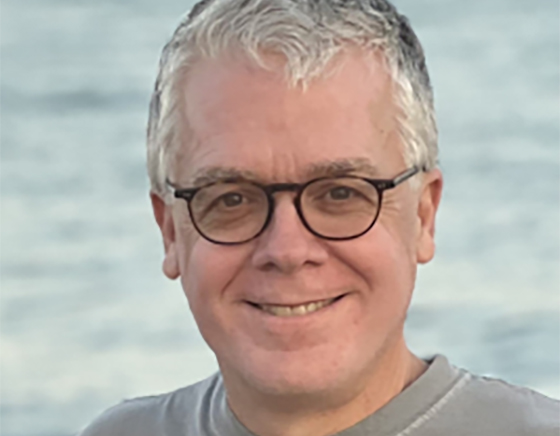
Frederick Dushin ’86
Frederick, an architect and software developer, embodied the intellectually adventurous spirit of Reed throughout his life.
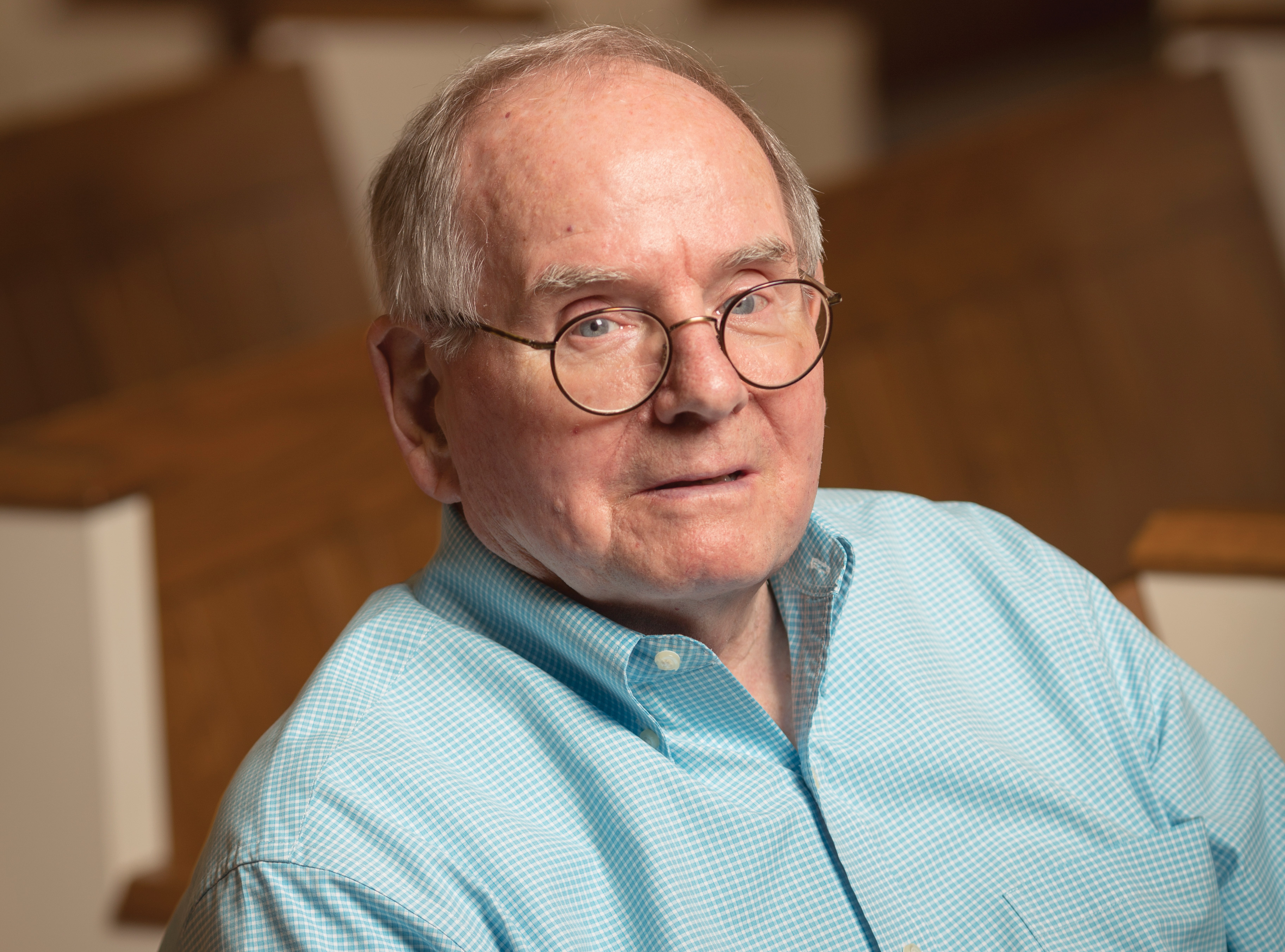
William Haden
As acting president of Reed from 1991 to 1992, William “Bill” R. Haden worked to strengthen Reed’s finances and improve alumni relations.
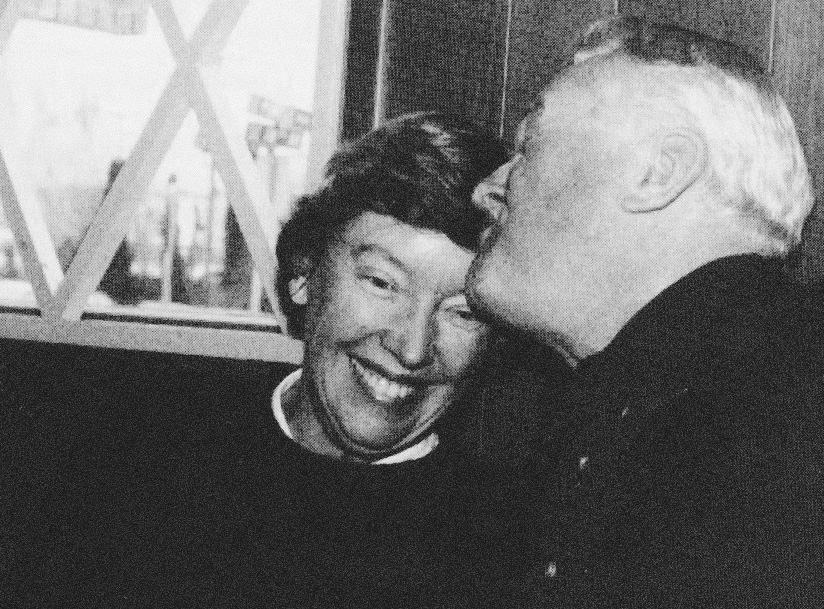
Nancy Horton Bragdon
Reed’s First Lady Whose Warmth and Leadership Were Invaluable During a Turbulent Time

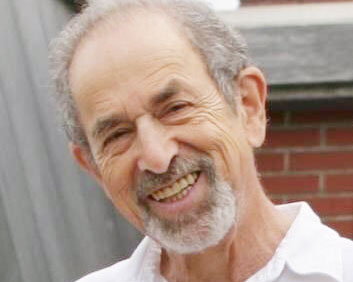
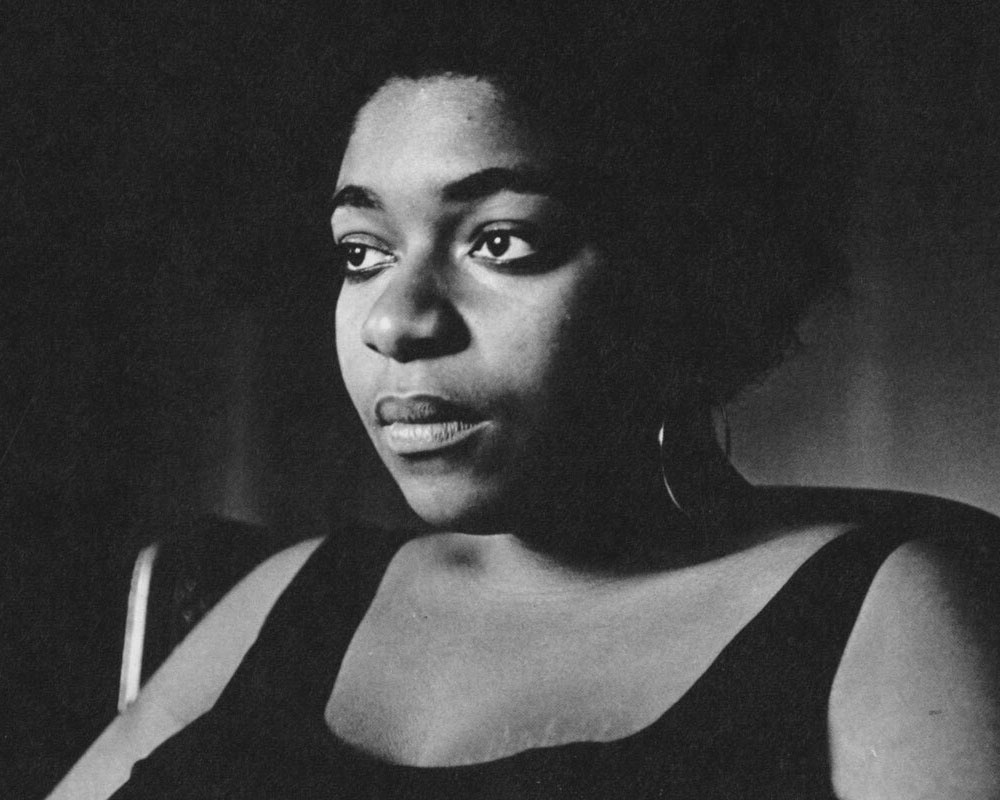
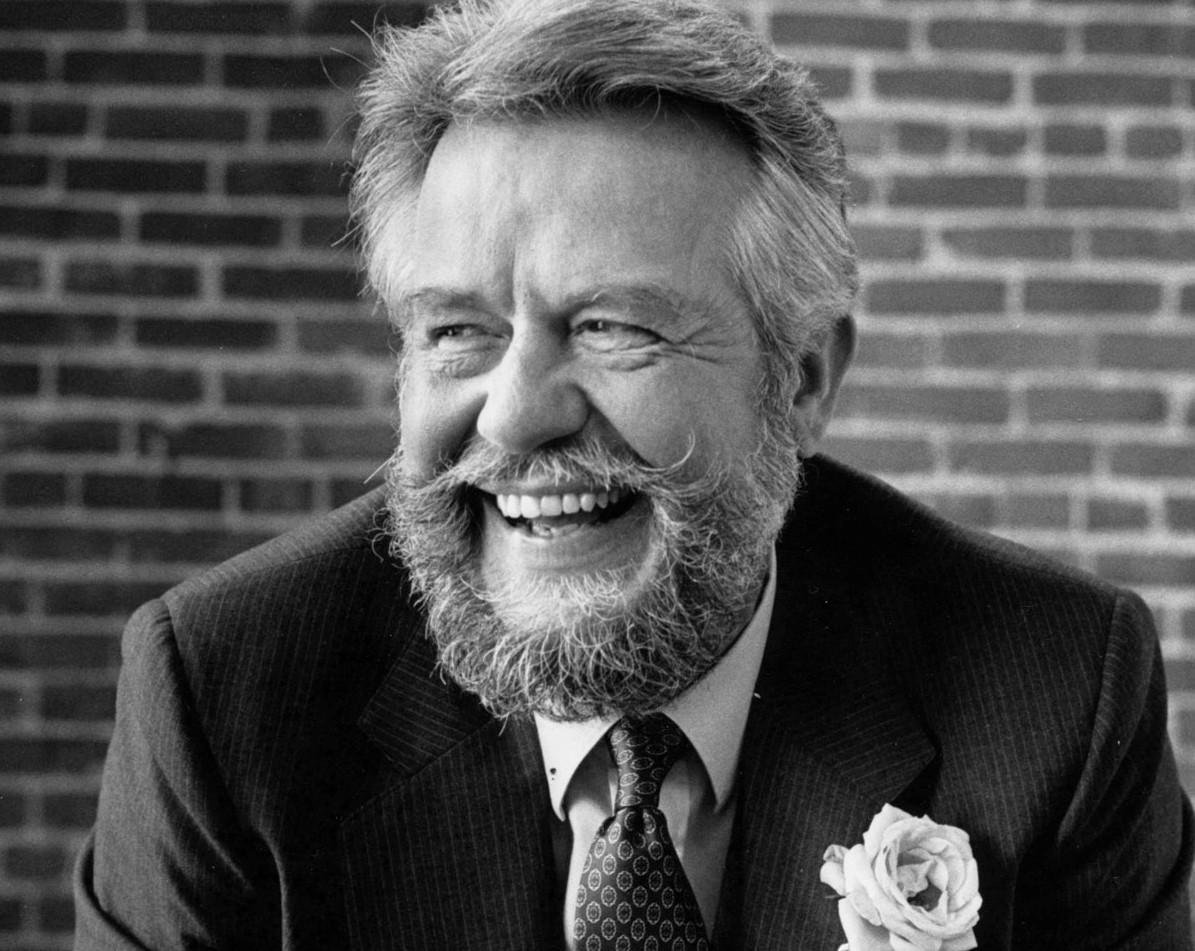
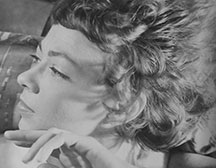
![Photo of Prof. Marvin Levich [philosophy 1953–94]](https://www.reed.edu/reed-magazine/in-memoriam/assets/images/2022/LTL-levich1.jpg)
![Photo of President Paul E. Bragdon [1971–88]](https://www.reed.edu/reed-magazine/in-memoriam/assets/images/2020/Bragdon.jpg)
![Photo of Prof. Edward Barton Segel [history 1973–2011]](https://www.reed.edu/reed-magazine/in-memoriam/assets/images/2020/Segel.jpg)
